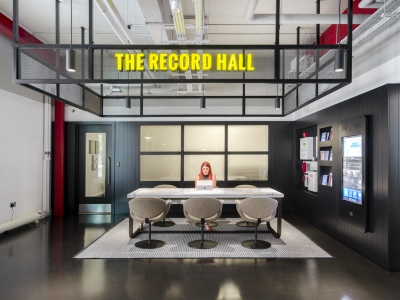Companies are leaking top talent through failures in succession planning and the movement of talent within their businesses, according to a new study.
The research, conducted by the HR Innovation Practices Observatory run by Politecnico di Milano School of Management, found that many employers are still using the traditional ‘career ladder’ model, which moves talent vertically within the business.
However, the study showed that this alienates multi-talented professionals who could thrive across various industries and sectors within a ‘lattice model’.
The research, which surveyed a panel of 37 HR executives, revealed that nearly a third of businesses see management commitment as the biggest barrier to implementing HR processes that can facilitate these ‘lattice models’.
Speaking about the research, Professor Mariano Corso, Scientific Officer of the HR Innovation Practices Observatory and faculty member of MIP Politecnico di Milano said, “Top talent can lose engagement and motivation fast when not managed correctly and some may leave the organisation to seek out more varied professional experiences.”
“Yet with huge amounts of relevant data at their fingertips, HR departments have all the tools needed to do this.”
“The costs of hiring and replacing employees – combined with the effect of losing a top employee – can dramatically impact a company’s profits and morale.”
“Part of the solution lies within good career and succession planning procedures to avoid these situations altogether.”
Lisa Forrest, Global Head of Internal Talent Acquisition at Alexander Mann Solutions said, “What we’ve seen in recent years is that there’s an incorrect perception from a number of employers that colleagues want to work their way up a business, when in actual fact some find it much more rewarding to shift across departments and areas of specialisms.”
“Both Generation Z and Millennials – or the future workforce – by their very nature want to take greater control of their development, but they want more opportunities to learn new skills rather than just follow a rigid path into management.”
“It’s key that managers themselves both recognise and embrace this growing desire for a lattice model where appropriate, or they risk alienating and losing top talent – a much more costly approach in the long run than investing in talent planning tools.”









